Ghantasala
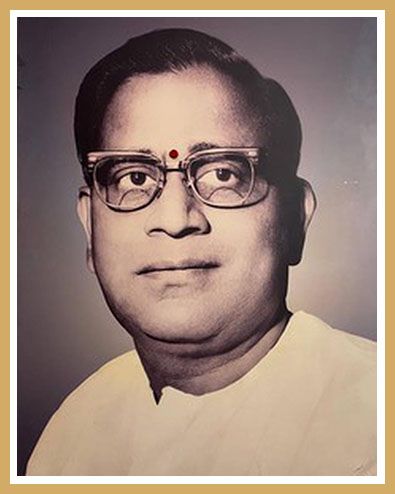
Subscribe to read full article
This section is for paid subscribers only. Our subscription is only $37/- for one full year.
You get unlimited access to all paid section and features on the website with this subscription.
Not ready for a full subscription?
You can access this article for $2 , and have it saved to your account for one year.
- Real Name: Ghantasala Venkateswara Rao
- Born: 4 December 1922 (Choutapalli, Krishna district, Andhra Pradesh, India)
- Died: 11 February 1974
- Primary Cinema: Telugu
- Spouse: Savitri, Sarala Devi
- Grand Children: Shyamala, Suguna, Shanthi, Vijayakumar, Ratnakumar; Meera, Ravikumar, Shankar Kumar
Gifted with what Indian film historian V A K Ranga Rao called 'the most majestic voice', the legendary Ghantasala Venkateswara Rao, popularly known as Ghantasala, was a noted singer and eminent music composer known for his works predominantly in Telugu and Kannada cinema and also in Tamil, Malayalam, Tulu and Hindi language films. He is known for films such as Tyagayya (1946), Anarkali (1955), Sri Venkateswara Mahatyam (1960), and Sathya Harishchandra (1965). He was considered a class apart in the field of playback singing by virtue of his blending of classical improvisations to the art of light music combined with rare virtuosity and sensitivity. Swept into the freedom struggle at an early age, he was 20 when he came in contact with other freedom fighters. Influenced by the speeches of Mahatma Gandhi as well as the patriotic fervour of the crusaders of freedom that he met, he went on to actively participate in the Quit India movement in August 1942. He was arrested and convicted of rendering six patriotic songs. He was made to serve three months’ imprisonment for each song he rendered, resulting in a total of 18 months’ imprisonment at Alipore and Bellary jails. Ghantasala helped Telugu film music develop its own distinct character which remains unparalleled. Awarded the Padma Shri in 1970, the government issued a commemorative postage stamp on him in 2003, as well as his statue at Guntur. Several educational institutions have also been named after him.
Born on December 4, 1922, he was the eldest son of Rattamma and Soorayya of Choutapalli village (now in Krishna district of Andhra Pradesh). His exposure to music came via his father, Soorayya who was the priest at the local Anjaneya temple and was also keenly interested in music, being a well-known mridangam player as well as a singer. Young Venkateswara was known to dance during his father’s performances, which led to him being dubbed ‘Baala Bharata’. His father would often advise him to do Nadopasana, a rigorous yogic discipline of meditation on sound. The 11-year-old Venkateswara would follow this sincerely even after his father passed away.
Though he desired to act on stage as a youngster, his main interest was music, which saw him enrol in the music college at Vijayanagaram. After a hiccup owing to a wrong charge, he would earn his diploma in music in June 1942. Returning to Choutapalli, he acted in a few stage plays but he was more attracted to the freedom struggle, which he considered more crucial than his own life and family. His gift for music remained strong; even when was incarcerated, it was his music as well as his behaviour that won him the affection of the other inmates as well as the jail authorities.
In 1944, he married his cousin Savitri at Pedapulivarru. Coming in contact with the popular Telugu film writer Samudraala Rraaghavaachaaryulu, he took the latter’s advice and came to Madras. Exploring his options in films, he started off acting in minor roles in films such as Chittoor Nagaiah’s Thyagayya (1946), and also sang in the chorus in films. Incidentally, when he tried to get a break singing for gramophone records, he was informed that his voice didn’t suit the microphone. He was, however, encouraged by the Madras station of All India Radio to sing classical and light music.
His break came in 1945, when he sang for the Telugu film Svargaseema. Making the most of this opportunity by film director B N Reddy and music director Chittoor Naagaiah, Ghantasala made his mark, and was on the path to establishing himself as a superior and successful playback singer. He would develop his own distinctive style of singing, which expressively presented the Telugu verses and lyrics. He was acknowledged as the foremost among playback singers who had a full-fledged melodious powerful voice range which could accommodate in uniformity, all the three octaves in music quite comfortably.
He became the singing voice of top Telugu cinema heroes, as well of Tamil and Kannada stars, rendering playback for films such as Pathala Bhairavi (1951), Malleeswari (1951), Kanavane Kann Kanda Deivam (1955), Mayabazar (1957), Devadas (1953), Jayabheri (1959), Mahakavi Kalidas (1960), Jagadekaveeruni Katha (1961), Sri Krishnarjuna Yuddham (1963), Mooga Manasulu (1964), Gundamma Katha (1962), Sri Krishnaavathaaram (1967) and Nirdoshi (1967). Among the many songs he rendered are Nannu dochu kunduvatey, Naa hrudayamlo nidurinche cheli, Padhi mandhilo paata paadinaa, Deva deva davalachala, Oohalu gusa gusa, Ghana ghana sundara, Shiva shankari, Ramuni avatharam, Aalayana velasina, Chengaavi rangucheera, Naa paata nee nota, and Paadutaa teeyagaa. He reportedly sang the song Siva sankari from the film Jagadeka Veeruni Katha (1961), said to be one of the most challenging songs from classical Hindustani and Carnatic style, in a single take.
He once shared that besides a sound music sense, the ability to be a successful playback singer lay in the singer possessing the heart of a poet and the ability to ‘voice-act’. His advice to budding singers was to feel alone and that others didn’t exist while recording a song, so that one could uninhibitedly give one’s best to suit the mood and requirement of the song.
His songs in the genre of non-film music also achieved enormous popularity, such as his rendition of Pushpa vilapam and the Bhagavad Gita.
Making his debut as an independent film music director in 1949, he went on to compose music for films till his demise. He composed a wide range of memorable music for various films such as Pathala Bhairavi (1951), Chiranjeevulu (1956), Mayabazar (1957), Gundamma Katha (1962), Lavakusa (1963), Pandava Vanavasam (1965), and Rahasyam (1967) for which he created the ‘Girija kalyanam’ yakshagaanam piece. He also sang and composed the music for the Hindi film Jhanda Ooncha Rahe Hamara (1964). He had once revealed that he was deeply influenced by the saint composer Thyagaraja, paying attention to the mood and content of every lyric for which he was composing.
He delved into the field of film production with Paropakaaram (1953), Sontha Ooru (1956) and Bhaktha Raghunath (1956) which failed at the box-office, and left him in debt.
Preferring to lead a simple life, he would wear a kurta or shirt with a dhoti; he had his first pair of trousers and coat tailored for an overseas tour. Spending his free time at Marina beach with his family, he had plans to train his children in music and launch the Ghantasala orchestra with them. He was moved when he recorded his compositions on Sri Satya Sai Baba, with his two sons and three daughters in the chorus. He also recorded his eldest son Vijayakumar’s maiden song composition. Addressed by his co-singers as ‘Ghantasaala mashtaaru’, he was known to take special care of them and advised budding singers to be original and find their own voice, and also to have a strong academic base.
Honoured with the Padma Shri in 1970, he undertook his only overseas musical tour in 1971, during which he visited erstwhile West Germany, United Kingdom, USA and Canada. Plagued by frequent health issues, he passed away following cardiac arrest on 11 February 1974. He was 52. Singer S P Balasubrahmanyam who succeeded him, had a statue of Ghantasaala erected at Hyderabad in 1993. Over 40 statues of Ghantasala would be set up by the venerable singer’s fans across the Telugu states. His singing style and mannerisms were adopted by many aspiring vocalists. Several awards were instituted in his name. Biopics on his life were also attempted. To pay tribute to the music icon, Kala Pradarshini, the dance school of senior Bharatanatyam dancer Parvati Ravi Ghantasala, organises an array of special programmes including the presentation of Kala Paradarshini Ghantasala Puraskar to artistes from the field of performing arts each year.
Ghantasala remains known as the 'Gaana Gandharva' for his mesmerising voice and musical skills.
References
https://www.thehindu.com/features/friday-review/remembering-legendary-singer-musician-ghantasala-on-his-birth-centenary-on-december-4/article66173119.ece
https://amritmahotsav.nic.in/unsung-heroes-detail.htm?2789
Image courtesy: https://www.thehindu.com/features/friday-review/remembering-legendary-singer-musician-ghantasala-on-his-birth-centenary-on-december-4/article66173119.ece



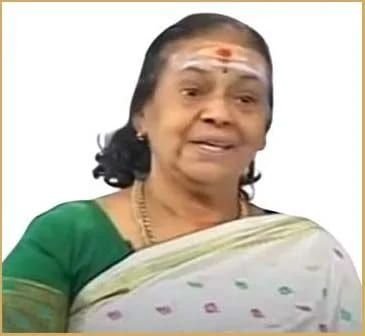
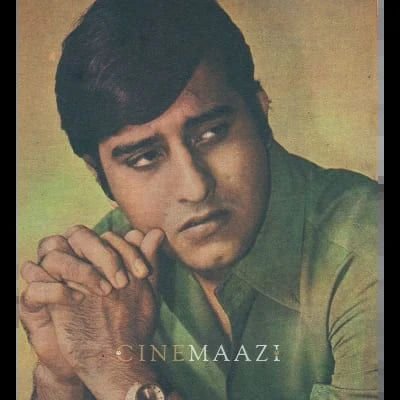
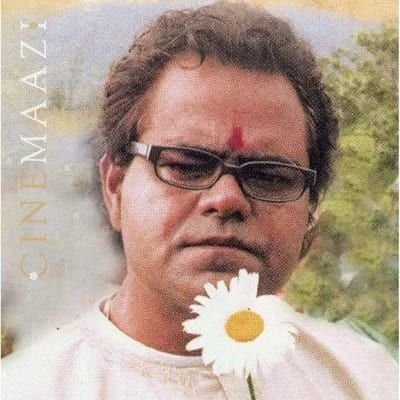



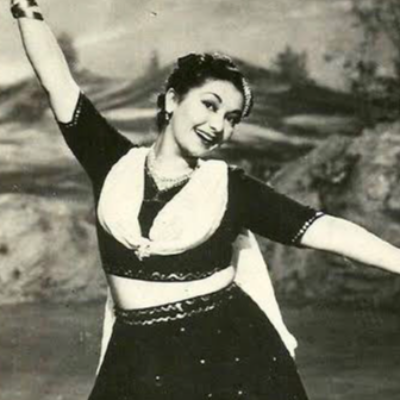
.jpg)




